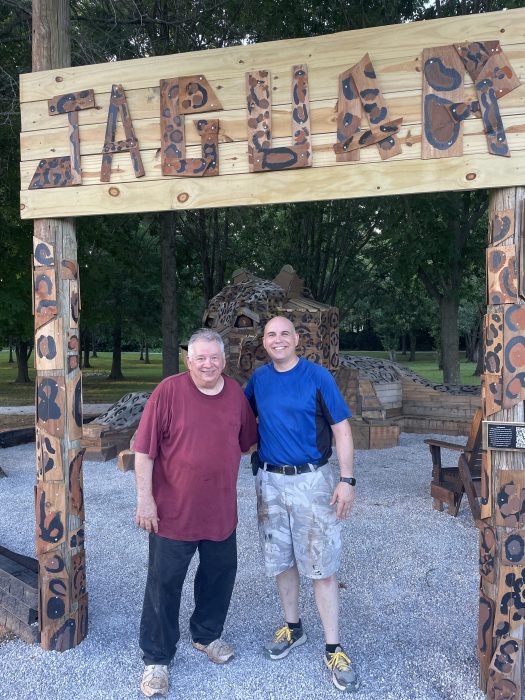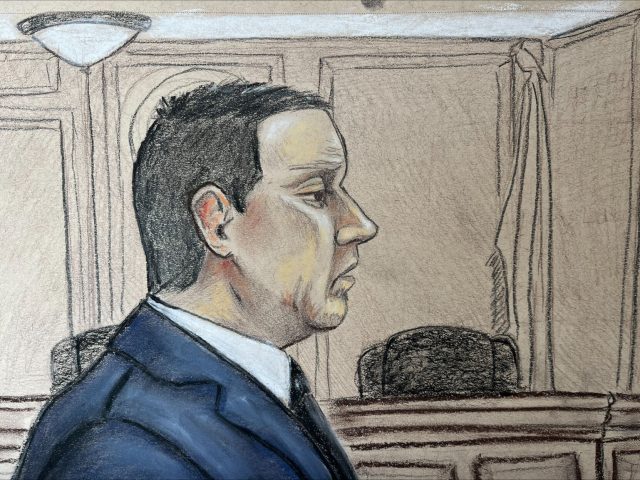Outdoors: Bobcats are memorable finds
Published 12:00 am Sunday, November 16, 2008
The sighting of a bobcat is not something a person quickly forgets. Moving with the grace of a spring breeze and the determination of a tornado, these felines are the walking definition of stealth. Encountering one, even for only a few seconds, leaves a lasting impression that makes you replay the scene in your mind, trying to reconstruct the event one more time.
Watching a coyote prance across a cut cornfield or a deer bound off through the woods becomes fairly common when you spend a considerable amount of time outdoors, and these memories are easily filed and forgotten among 100 similar instances. Not so with bobcats; they’re simply unforgettable.
The first time I saw a bobcat, I was about 8 years old, and it still feels more like dream than reality. It bounded across the gravel road in front of the truck before effortlessly scaling a rock outcropping that would have left a billy goat winded. He was smaller than I had envisioned a bobcat to be, but certain characteristics – such as his twitching tail, pointed ears, flawless coat, glassy stare and oversized paws – were just as I had imagined.
Since that fateful day, I’ve still only seen three additional bobcats in the wild, and each instance is etched into my mind with the same permanence. Bobcats, or wildcats as many like to call them, are on the rise here in Kentucky and have been assigned a season for several years. Considered a furbearer, bobcats can be hunted or trapped with a limit of five per season and must be checked in, similar to deer and turkey, using the Telecheck system.
Saturday kicked off this year’s bobcat season, which runs through the end of January, and already there have been several of the felines checked in throughout the Bluegrass. Warren County produced 16 bobcats last year, while some of our neighbors to the west routinely double that number. Heading out with intentions of getting a bobcat is what I imagined turkey hunting to be like 30 years ago – a lot of walking and calling, but very little action.
The only way I’ve hunted them is trying to get a few photos with trail cameras, but even this is a difficult task to perform consistently.
If statistics covered this sort of information, I would bet more than 75 percent of the hunted bobcats checked in are not taken by someone specifically hunting the wary wildcats. Many bobcats fall to either deer hunters waiting on stand for a trophy buck to pass by, or to predator hunters hoping to call in any assortment of hungry critters to their location.
Less common around here than in Western states – although I’ve heard that they are catching on around here – is the use of specially trained bobcat hounds, which tree the bobcat like a raccoon.
As their numbers strengthen, hunters gain a better understanding of their quarry. And as the years wear on, bobcat hunting will probably become one of Kentucky’s more celebrated seasons.
— Geordon T. Howell is outdoors columnist for the Daily News. He may be reached by e-mailing highbrasshowell@yahoo.com.






